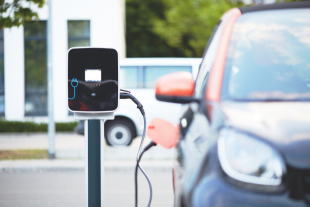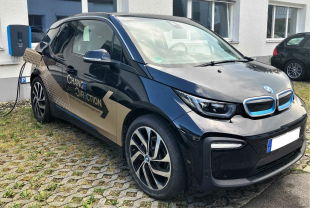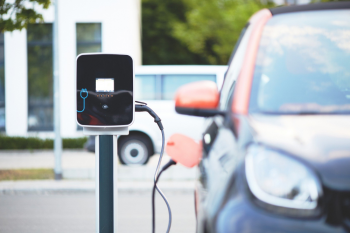Mobility
What are the environmental impacts of the transformation of transportation?
The Life Cycle Assessment (LCA) method is often used to evaluate different drive systems in the transport sector. It covers both the provision of energy sources and their upstream chains and the production and disposal of the vehicles. Due to the current discussion, the focus is currently on the environmental impact of greenhouse gas emissions. However, the method also evaluates other environmental impacts such as eutrophication, acidification, water and resource consumption, and cumulative energy expenditure (CED). In addition to holistic ecological comparisons, the assessments aim to identify potential for improvement in so-called hot-spot analyses.
In particular, we consider the following questions:
- Can (bidirectional) EVs integrate additional renewables into the system?
- Will electric mobility increase electricity costs?
- Is there enough electricity to charge all electric vehicles?
- What is the future electricity consumption of mobility?










